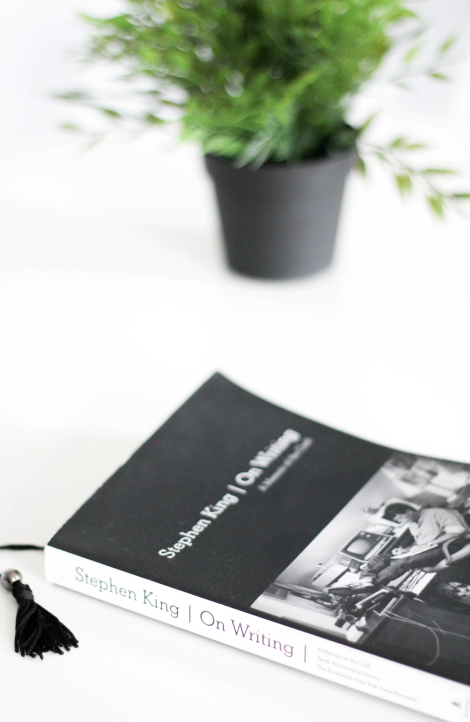Core Procedures in Plastic Surgery 2nd Edition < DVD sách >
Core Procedures in Plastic Surgery, 2nd Edition, covers key areas of reconstructive, aesthetic, hand, and pediatric plastic surgery—all modified to provide streamlined detail of anatomy, workup, and procedural steps. This unique reference, derived from Dr. Peter C. Neligan’s 6-volume award-winning masterwork, Plastic Surgery, 4th Edition, provides the high-yield, highly visual guidance you need to confidently perform these procedures and achieve optimal outcomes.
- Covers key concepts of anatomy, relevant techniques, and information about preoperative and postoperative care and potential complications.
- Provides quick access to highly templated, bulleted procedures, as well as full-color photos and new procedural videos, including lipoabdominoplasty, post-bariatric, and a variety of facelift techniques.
- Features new chapters covering the forehead, body contouring, and liposuction and fat grafting, reflecting a growing demand for aesthetic procedures and excellent outcomes.
- Includes fundamental procedures such as open and closed rhinoplasty, abdominal wall reconstruction, expander/implant reconstruction of the breast, local flaps for facial coverage (including cheek and lip reconstruction), cleft lip and cleft palate repair, flexor tendon reconstructions, and more.
200.000 đ
Giáo viên:

12 học viên

2249 lượt xem

13 lượt mua
 Chia sẻ
Chia sẻ
 Mua khóa họcXem khóa học khác
Mua khóa họcXem khóa học khácNỘI DUNG BÀI HỌC
1.1 Periorbital rejuvenation
2.1 Anterior incision
2.2 Posterior incision
2.3 Facelift skin flap
2.4 Platysma SMAS plication
18.1 Circum areola mastopexy
2.5 Loop sutures MACS facelift
2.6 The high SMAS technique with septal reset
2.7 Facelift – Subperiosteal mid facelift endoscopic temporo-midface
2.8 Facelift – Subperiosteal midface lift
4.1 Open technique rhinoplasty
6.1 Abdominoplasty
6.2 Lipoabdominoplasty (including secondary lipo)
6.3 Post bariatric reconstruction – bodylift procedure
7.1 Post-bariatric reconstruction: bodylift procedure
8.1 Structural fat grafting
10.1 Facial artery perforator flap
10.2 Local flaps for facial coverage
11.1 Repair of unilateral cleft lip
11.2 Unilateral cleft lip repair – anatomic subunit approximation technique
11.3 Repair of bilateral cleft lip
13.1 Alternative flap harvest
16.1 Component separation innovation
17.1 Endoscopic transaxillary breast augmentation
17.2 Endoscopic approaches to the breast
18.2 Preoperative markings for a single-stage augmentation mastopexy
19.1 Spair technique
19.2 Marking the SPAIR mammaplasty
19.3 Breast reduction surgery
19.4 Ultrasound-assisted liposuction
20.1 Mastectomy and expander insertion: first stage
20.2 Mastectomy and expander insertion: second stage
20.3 Acellular dermal matrix
20.4 Pectoralis muscle elevation
20.5 Sizer
20.6 Latissimus dorsi flap technique
20.7 Markings
20.8 Intraoperative skin paddles
20.9 Tendon division
20.10 Transposition and skin paddles
20.11 Inset and better skin paddle explanation
21.1 Pedicle TRAM breast reconstruction
21.2 The muscle sparing free TRAM flap
21.3 SIEA
21.4 DIEP flap breast reconstruction
23.1 Flexor profundus test in a normal long finger
23.2 Flexor sublimis test in a normal long finger
23.3 Extensor pollicis longus test in a normal
23.4 Test for the extensor digitorum communis (EDC) muscle in a normal hand
23.5 Test for assessing thenar muscle function
23.6 The “cross fingers” sign
23.7 Static two point discrimination test (s-2PD test)
23.8 Moving 2PD test (m-2PD test) performed on the radial or ulnar aspect of the finger
23.9 Semmes-Weinstein monofilament test
23.10 Allen’s test in a normal person
23.11 Digital Allen’s test
23.12 Scaphoid shift test
23.13 Dynamic tenodesis effect in a normal hand
23.14 The milking test of the fingers and thumb in a normal hand
23.15 Eichhoff test
23.16 Adson test
23.17 Roos test
24.1 Zone II flexor tendon repair
24.2 Incision and feed tendon forward
24.3 Distal tendon exposure
24.4 Six-strand M-tang repair
24.5 Extension-flexion test – wide awake
25.1 Scratch collapse test of ulnar nerve
26.1 EIP to EPL tendon transfer
27.1 Sagittal band reconstruction
27.2 Setting the tension in extensor indicis transfer

 Tải lên
Tải lên

